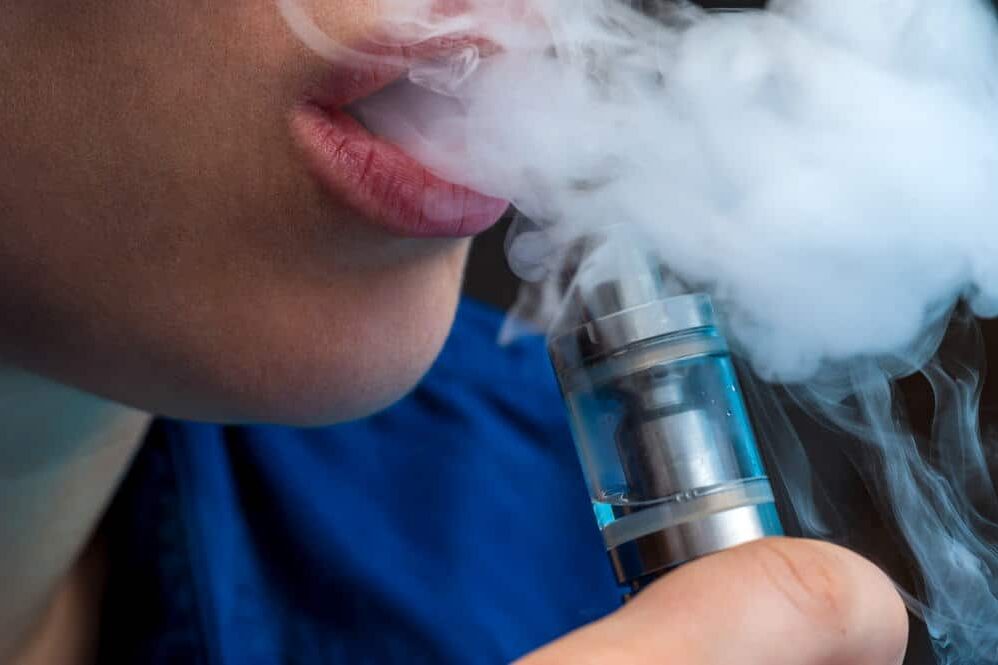Utah’s medical cannabis program is a tremendous success by any measure. With over 100,000 active cardholders on the rolls, the Beehive State has given many people access to important medicines capable of making a real difference. Product labels and QR codes are part of it.
Regulators have put in place a set of rules governing product labels and QR codes for one very specific reason: to empower medical cannabis patients to make better decisions. Clear and properly detailed labels provide product information, ensure regulatory compliance, and improve the patient experience.
Patients Need Information
It is clear that medical cannabis patients need information. They need to know what it is they are using so that they can choose the right products and doses. Of course, they always have the assistance of their pharmacy medical providers (PMPs). But compliant product labels are a big plus, too.
Utah requires that product labels include information pertaining to dosage and safety concerns. QR codes serve the purpose of supplementing product labels by offering additional data. Think of things like lab test results, cannabinoid content, user instructions, and even potential side effects. Patients can quickly access the information with a smartphone.
Regulators Need to Track Products
QR codes serve another valuable purpose, this time from the government’s perspective. A QR code contains data valuable for tracking purposes. In essence, regulators need to be able to track products from growing operations all the way to retail shelves.
At any time, a product can be tracked through the state verification system or product tracking database to validate everything from safety test status to authenticity. Regular tracking reduces the risk of patients inadvertently purchasing mislabeled or counterfeit products.
In addition, QR code data is available to both pharmacists and medical cannabis pharmacies through the Utah EVS. This further ensures that medical cannabis products are efficiently and safely dispensing legitimate medicines to their patients.
Contributing to Patient Control
An important component of this, from the patient’s perspective, is increased control. Having access to vital information through a QR code gives a patient direct control over treatment information in a format that is both convenient and user-friendly. How does this help?
Data from QR codes encourages:
- Verifying product quality
- Understanding dosing recommendations
- Learning about safety warnings
- Paying attention to usage recommendations
The beauty of the QR code is that it can hold a much larger volume of information than can be realistically printed on a product label. If manufacturers attempted to spell out every little detail via traditional printing, labels would be excessively large or the printing would be so small that no one could read it.
There Is a Downside
It goes without saying that state regulators had to implement rules about product labels and QR codes. Otherwise, a lack of standards would affect the entire purpose of labeling. But there is a downside to all of this: there are still people who do not own smartphones.
Granted, their numbers are few. But they are still out there. So a person without a smartphone is powerless to understand the data embedded in a QR code. The only way to get that data is to borrow a phone or ask someone to retrieve the information and print it.
Smartphone problems aside, Utah’s rules governing product labels and QR codes work to the patient’s advantage. Quick and easy access to vital information relating to their care empowers patients. Those who choose to take advantage of the information have more control over their medical cannabis treatments. That is a good thing.



